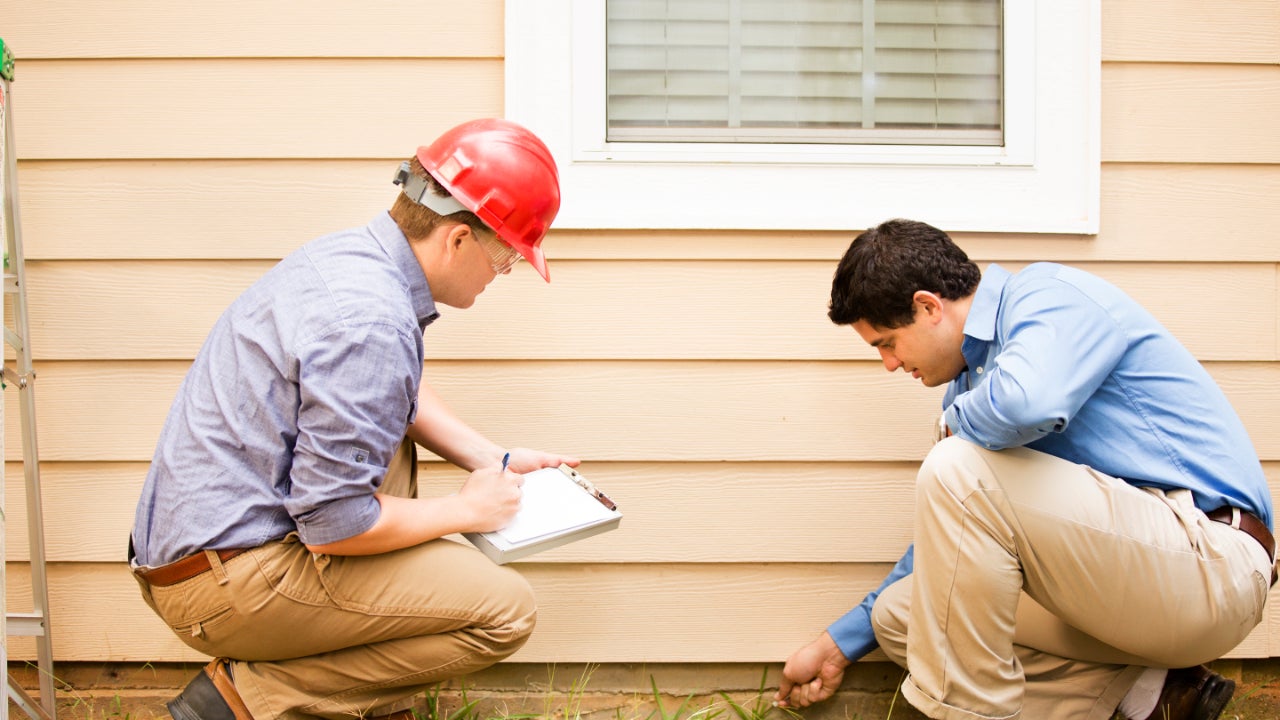Purchasing building materials, whether new or used, is a critical step in any construction or renovation project. The quality of these materials directly impacts the finished structure’s durability, safety, and aesthetics.
To ensure you make the best choices, inspecting materials before purchasing is important. Here’s a comprehensive guide on what to look for and how to evaluate new and used building materials.
Understand Your Requirements
Before you start inspecting building materials, it’s essential to have a clear understanding of your project requirements. This includes knowing the types and quantities of materials needed, as well as any specific quality or performance standards they must meet. Create a detailed list to guide your inspection process and avoid unnecessary purchases.
Inspecting New Building Materials
Check for Compliance with Standards
New building materials should comply with relevant industry standards and regulations. Check for certification marks from the International Organization for Standardization (ISO), American Society for Testing and Materials (ASTM), or other local regulatory bodies. These certifications ensure the materials meet specific quality and safety standards.
Evaluate Material Quality
Examine the material for any signs of defects or inconsistencies. Look for cracks, warping, discoloration, or other imperfections that might affect the material’s performance. For instance, in wood, check for knots and splits, which can weaken the structure. For metals, look for signs of rust or corrosion.
Assess Durability and Strength
Durability and strength are crucial factors, especially for load-bearing materials. Conduct simple tests, if possible, to evaluate these properties. For example, press on the wood to check its hardness or bend a metal sample to test its flexibility. Additionally, review the manufacturer’s specifications for information on the material’s strength and durability.
Verify Dimensions and Quantities
Ensure that the dimensions and quantities of the materials match your project requirements. Incorrect measurements can lead to project delays and increased costs. Use measuring tools to verify the accuracy of the dimensions provided by the supplier.
Inspect Packaging and Storage Conditions
Proper packaging and storage conditions are indicative of the material’s quality. Poor packaging can lead to damage during transit, while improper storage can result in exposure to moisture, pests, or other damaging elements. Check for signs of water damage, mold, or pest infestation.
Inspecting Used Building Materials
Determine the Material’s History
Understanding the history of used building materials can provide insights into their current condition and future performance. Ask the seller about the material’s previous use, age, and any repairs or treatments it has undergone. This information can help you assess its suitability for your project.
Inspect for Structural Integrity
Used materials may have hidden structural issues that can compromise their performance. Conduct a thorough visual inspection for cracks, splits, or other signs of wear and tear. For wood, check for signs of rot or insect damage. For metal, look for rust, corrosion, or pitting.
Check for Contaminants
Used materials can sometimes be contaminated with hazardous substances like lead, asbestos, or chemicals. If you need clarification on the material’s history, consider testing it for contaminants. This is especially important for materials used in older buildings.
Assess Surface Condition
The surface condition of used materials can affect their appearance and performance. Look for scratches, dents, stains, or other surface damage. While some imperfections can be repaired or refinished, severe damage may render the material unusable.
Evaluate Compatibility with New Materials
When using a combination of new and used materials, ensure they are compatible in terms of appearance, function, and performance. For example, mixing old and new wood can lead to inconsistencies in color and grain pattern, while different types of metals can cause galvanic corrosion.
Tips for Specific Materials
Wood
- Moisture Content: Use a moisture meter to check the moisture content of wood. High moisture levels can lead to warping and mold growth.
- Grain and Knots: Inspect the grain pattern and look for knots. While some knots add character, too many can weaken the wood.
- Treatment: Ensure the wood has been properly treated for pests and decay, especially for outdoor use.
Metal
- Rust and Corrosion: Look for any signs of rust or corrosion, which can weaken the metal.
- Thickness: Measure the thickness of metal sheets to ensure they meet your project requirements.
- Welding and Joints: Inspect welded areas and joints for quality and strength.
Concrete
- Cracks and Chips: Examine concrete for cracks, chips, or other damage that can affect its structural integrity.
- Curing: Ensure the concrete has been properly cured. Improper curing can lead to weak spots and reduced durability.
- Reinforcement: Check for proper reinforcement, such as rebar or mesh, especially for structural applications.
Tiles and Ceramics
- Chips and Cracks: Inspect tiles and ceramics for any chips or cracks that can compromise their appearance and function.
- Consistency: Ensure the tiles are consistent in size, shape, and color to achieve a uniform look.
- Glaze Quality: Check the quality of the glaze, as poor glazing can lead to stains and reduced durability.
Conducting On-Site Inspections
Whenever possible, inspect materials on-site before making a purchase. This allows you to see the materials in person and conduct a more thorough evaluation. Bring the necessary tools, such as measuring tapes, moisture meters, and testing kits, to aid in your inspection.
Seeking Professional Help
If you’re unsure about the quality or suitability of building materials, consider seeking help from a professional inspector or a knowledgeable contractor. They can provide expert advice and help you avoid costly mistakes.
Building Relationships with Reliable Suppliers
Establishing relationships with reliable suppliers can help ensure you receive high-quality materials. Look for suppliers with a good reputation, positive reviews, and a history of providing quality products. Reliable suppliers are more likely to provide accurate information, proper documentation, and assistance in case of any issues.
Negotiating and Reviewing Contracts
When purchasing building materials, reviewing the contract terms and negotiating as needed is important. Ensure the contract includes detailed descriptions of the materials, delivery schedules, payment terms, and warranty or return policies. A well-drafted contract can protect you from unexpected issues and ensure a smooth transaction.
Conclusion
Inspecting building materials, whether new or used, is a crucial step in ensuring the success of your construction or renovation project. By thoroughly evaluating materials for quality, compliance, and suitability, you can avoid potential problems and ensure a durable and aesthetically pleasing result. Remember to stay informed, seek professional help when needed, and build relationships with reliable suppliers to make the best purchasing decisions.
Keep an eye for more news & updates on TribuneBreaking.Com!







